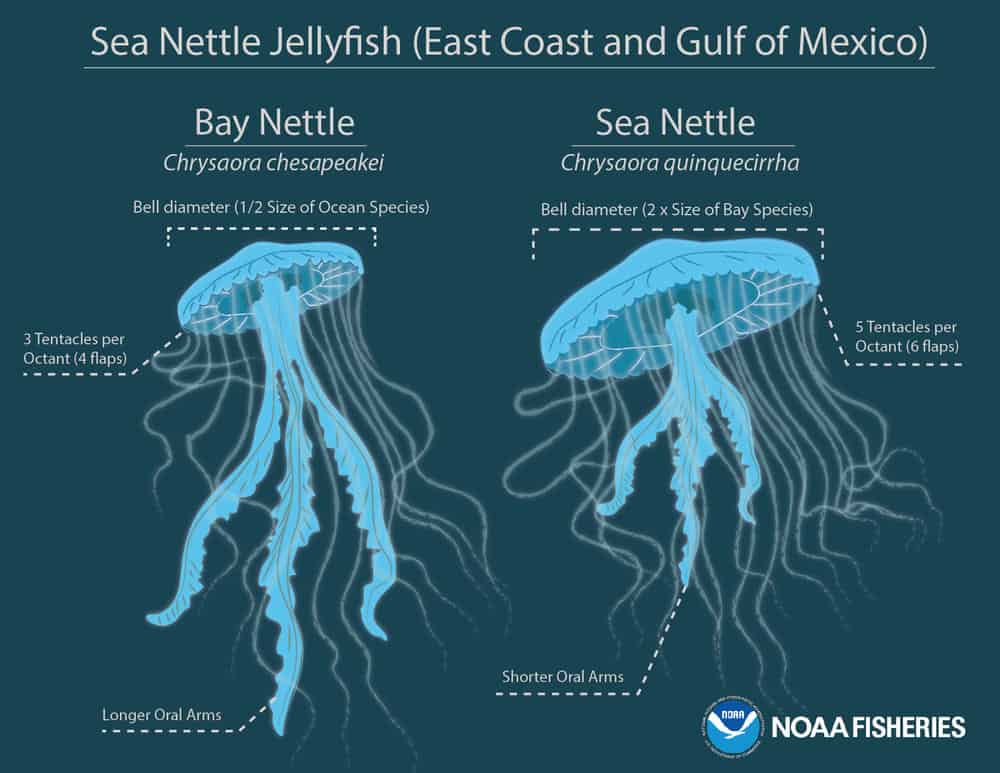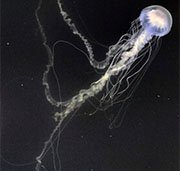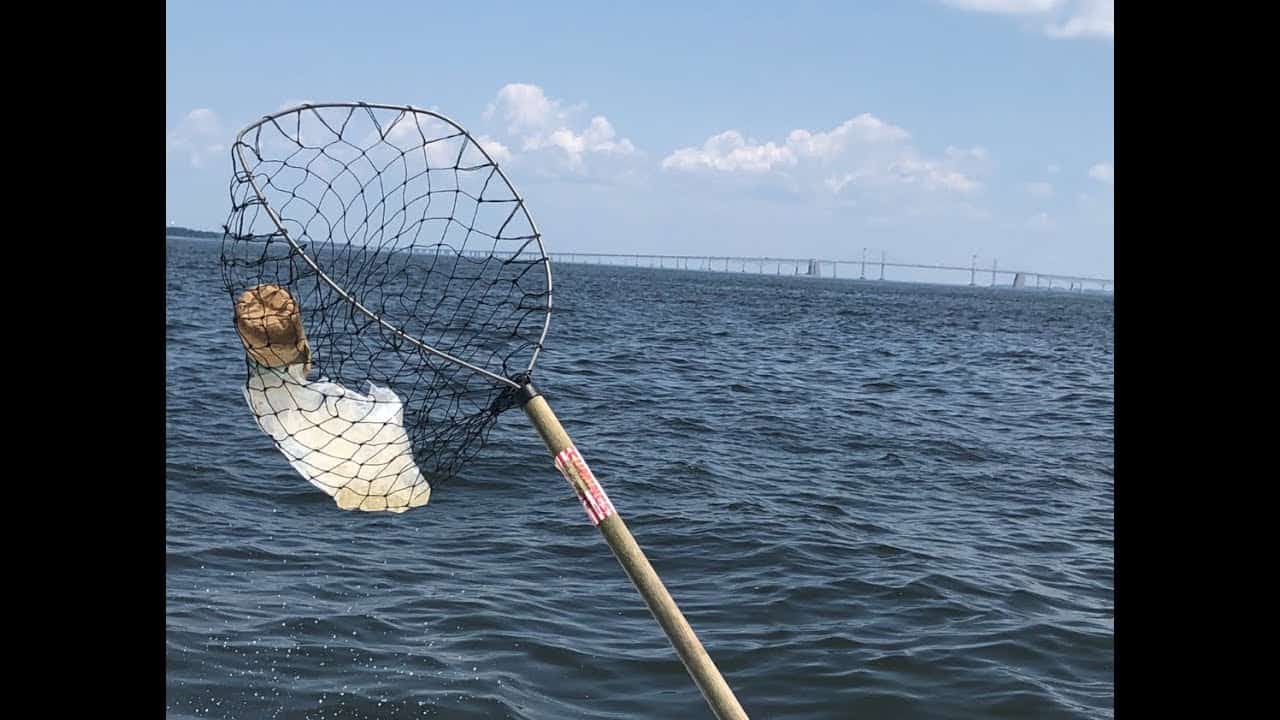If you’ve ever been stung by a jellyfish in the Bay, you probably never forgot it.
For 175 years, scientists have assumed that the stinging jellyfish we see (and feel) in the Chesapeake was the same single species as the ones found in the ocean. But a team of scientists has just published a paper that finds there are actually two distantly-related species along the East Coast and Gulf of Mexico.
The bay nettle jellyfish is likely the one that got you, if you’ve been stung in the Bay.

The NOAA Office of Science and Technology explains the findings this way:
“Lead author Dr. Keith Bayha was conducting fieldwork and collecting jellyfish off the coast of Delaware (Cape Henlopen) for an outreach exhibit when he noticed something different about the jellyfish nearby. “They were much bigger than anything I had seen previously,” said Bayha. With his curiosity piqued, he decided to take some samples back to the lab. Genetic testing revealed these animals were quite different than those found in the nearby Chesapeake Bay and Rehoboth Bay. He began work on these jellyfish with Dr. Patrick Gaffney at the University of Delaware and Dr. Allen Collins from the NOAA National Systematics Laboratory, located at the Smithsonian National Museum of Natural History in Washington, D.C. Together they confirmed there were two distinct species–an open ocean-based species (Chrysaora quinquecirrha, “sea nettle”) in photo B on the right and a bay-based species (Chrysaora chesapeakei, “bay nettle”) in photo A on the left. The bay-based species is found in the less salty waters known as estuaries, such as the Chesapeake Bay, and is the newly recognized species of the two. Both jellyfish were previously called Chrysaora quinquecirrha. Even more surprising is that this research shows that a jellyfish found in the Chesapeake Bay is more closely related to jellyfish off the coasts of Ireland, Argentina, and Africa than to jellyfish found near Ocean City, Maryland just miles away.
While it’s surprising that this case of mistaken identity went on for so long, Dr. Bayha says, “It’s not that I did anything that different, it’s just that no one else looked for a very long time. Jellyfish are something people don’t pay attention to because they’re fleeting. They come and go, are difficult to study, and they don’t have hard parts [like] shells that wash up on the shore.”
Even though jellyfish are a nuisance, the scientists say they’re actually a positive influence in the Bay. They are a food source for some fish and sea turtles. Jellyfish themselves eat a certain type of comb jelly that is a key predator of oyster larvae, so they can help oysters to reproduce in the Bay.
You can read the team’s paper, published in the journal PeerJ, by clicking here.
-Meg Walburn Viviano




